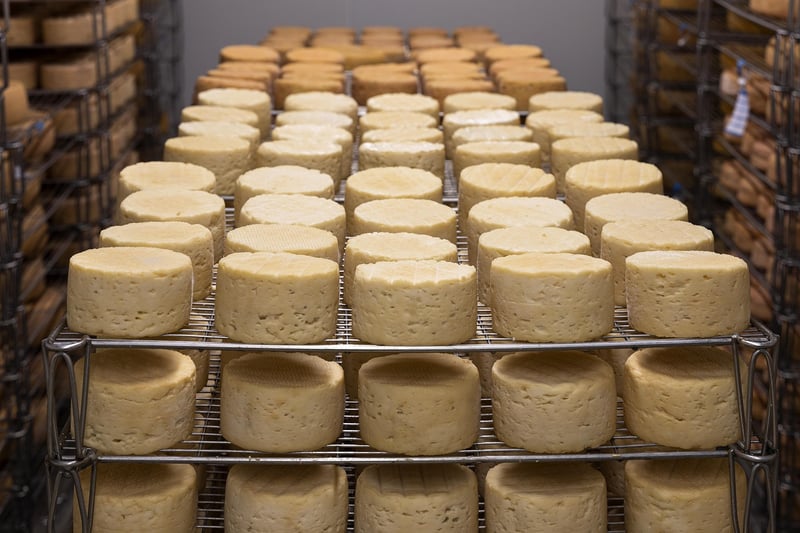Artisanal Cheeses
Exploring Key Components of Artisanal Cheeses
Artisanal cheeses are a delightful indulgence for cheese enthusiasts, crafted with meticulous attention to detail and centuries-old traditions. To truly appreciate artisanal cheeses, it's essential to understand their key components, which contribute to their unique flavors, textures, and aromas.
1. Milk
The primary ingredient in artisanal cheeses is high-quality milk, often sourced from local farms or specific breeds of cows, goats, or sheep. The type of milk used significantly influences the taste and character of the cheese, with each variety offering distinct flavor profiles.
2. Cultures
Microorganisms such as bacteria and molds are essential in the cheese-making process. These cultures help ferment the milk, develop complex flavors, and contribute to the cheese's texture. Artisanal cheesemakers carefully select and cultivate these cultures to achieve desired taste profiles.
3. Rennet
Rennet is a key enzyme used to coagulate milk and form curds during cheese production. Traditional artisanal cheeses often use natural rennet derived from the stomach lining of animals, while modern alternatives include microbial or vegetable-based rennet.
4. Aging
The aging process plays a crucial role in the development of artisanal cheeses. Cheeses are aged in carefully controlled environments, such as caves or temperature-controlled cellars, allowing flavors to mature and intensify over time. The duration of aging greatly impacts the final taste and texture of the cheese.
5. Artisanal Techniques
Artisanal cheesemaking involves traditional techniques that have been passed down through generations. Cheesemakers often handcraft small batches of cheese, paying close attention to each step of the process to ensure exceptional quality and flavor in the final product.
6. Terroir
Terroir refers to the environmental factors that influence the taste of cheese, including the region's soil, climate, and vegetation. Artisanal cheeses often showcase unique terroirs, with distinct flavors and characteristics that reflect the local environment where the cheese is produced.
Exploring the key components of artisanal cheeses offers a deeper appreciation for the craftsmanship and artistry that goes into creating these exquisite dairy delights. From the quality of milk to the aging process and traditional techniques, each element contributes to the rich tapestry of flavors found in artisanal cheeses.

Indulge in the world of artisanal cheeses and savor the diverse tastes and textures that these handcrafted delicacies have to offer.
For more information on artisanal cheeses, you can explore Cheese.com.
